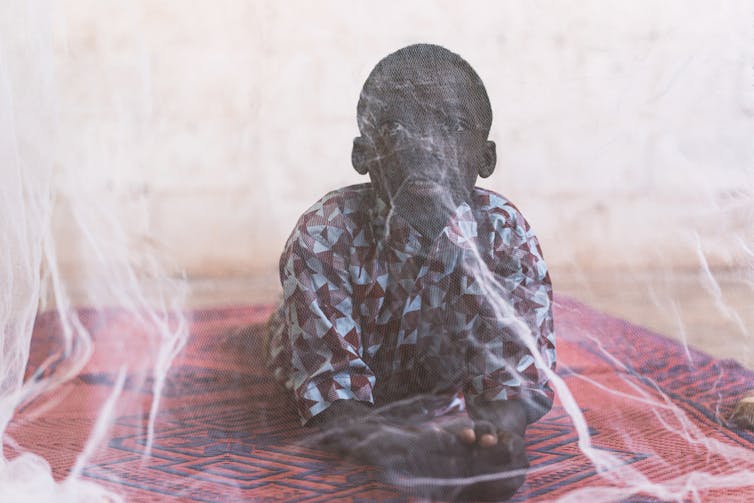
Dengue, a viral infection spread by mosquitoes, is a common disease in parts of Asia and Latin America. Recently, though, France has experienced an outbreak of locally transmitted dengue.
Dengue symptoms can include a fever, headache, joint pain, nausea and a red rash. Occasionally, though, it can lead to more severe disease – and even death.
Every year, France records a number of imported cases of dengue, where people have travelled to a country where dengue is endemic and brought the disease back with them. If a tiger mosquito (Aedes albopictus) then bites the infected person, it can pass the infection on to someone who hasn’t travelled to an at-risk country. But it won’t transmit between people.
Since 2010, when local dengue transmission was first identified in France, there have been around 12 cases a year. However, since July 2022, there have been nearly 40 cases of locally transmitted dengue. And the French health authorities have warned of more cases to come.
One difficulty with controlling the spread of dengue is that the mosquitoes that spread it are active in the day and at night. The mosquitoes that spread malaria, on the other hand, are mainly active at night, so bed nets are an effective way of reducing the risk of getting malaria in countries where the disease is endemic. But this control measure wouldn’t be as effective against dengue.

Climate change
Mosquitoes spread many infectious diseases, including malaria, West Nile virus, yellow fever, onchocerciasis (river blindness), Zika and chikungunya. These diseases are prevalent in areas that can be inhabited by mosquitoes. Habitats are often tropical areas across sub-Saharan Africa, South America or Asia. Transmission is via the mosquito bite, rather than person to person.
Climate change is having, and will continue to have, a significant effect on human and animal populations around the globe. Modelling has predicted that changing temperature and rainfall across Africa could promote new habitats for mosquitoes to breed and, for example, increase yellow fever deaths by up to 25% by 2050. As a result, environmental risks are a core component of the 2026 WHO Global Strategy to Eliminate Yellow Fever Epidemics. By 2030, the population at risk of malaria in Africa will have increased by over 80 million, mainly as a result of climate change.
Mosquitoes cannot fly very far, with distances ranging from a few metres to tens of kilometres. Imported cases of malaria or dengue are already common in returning travellers, but there is typically no local threat to the rest of the population. Despite this, the emerging threats from mosquito-driven diseases extend beyond the tropics.
Indeed, there have been over 570 cases of West Nile virus recorded in Europe this year. Most of these have been recorded in Veneto, in northern Italy.
It seems that the lowlands of Veneto are emerging as an ideal habitat for the Culex mosquitoes, which can host and transmit West Nile virus.
Globalisation and climate change have spurred the re-emergence of old diseases in new places. And public health authorities are taking these threats seriously. The UK Health Security Agency has a national contingency plan for invasive mosquitoes.
As part of their fieldwork activity, entomologists visit sites such as marshlands in the Thames Estuary in Kent. There, they catch mosquitoes and ticks and take them back to the laboratory for testing. This approach can help identify if the local insect populations are harbouring anything new, such as malaria or dengue, before it starts to spread.
Vaccines
The long-term future for the UK and other parts of Europe could require wider use of public health control measures, such as mosquito nets or insect sprays. Vaccine development is also likely to be critical as a preventive measure.
Yellow fever is already vaccine-preventable, and there are now licensed vaccines against malaria being used in parts of sub-Saharan Africa.
Dengue vaccine candidates are emerging, with one being licensed in the US. However, it comes with recommendations it should only be used in people who have already had dengue. This limits any widespread roll out.
There are huge numbers of people already at risk of mosquito-driven disease, and global inequities mean that poorer countries are most vulnerable to climate change. The world needs to take seriously the threat of new diseases such as Zika, and neglected diseases, such as dengue and onchocerciasis. Populations at risk are only likely to increase over the coming years and decades.
Michael Head has previously received funding from the Bill & Melinda Gates Foundation and the UK Department for International Development.
This article was originally published on The Conversation. Read the original article.







